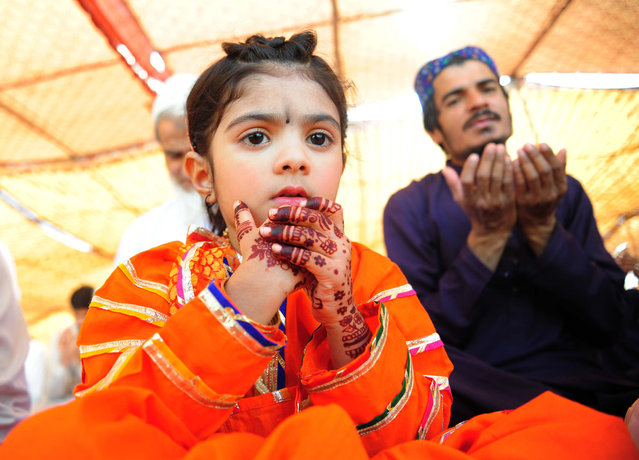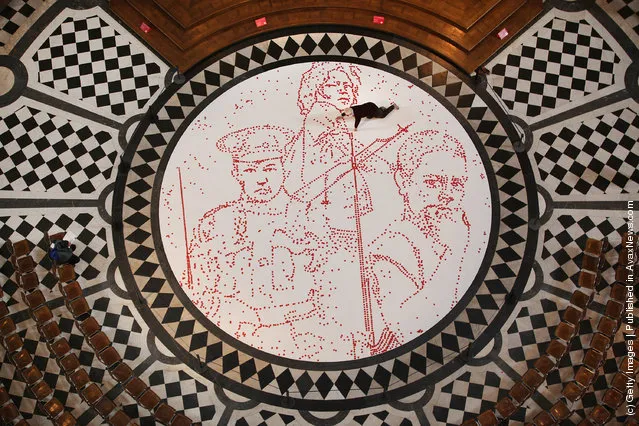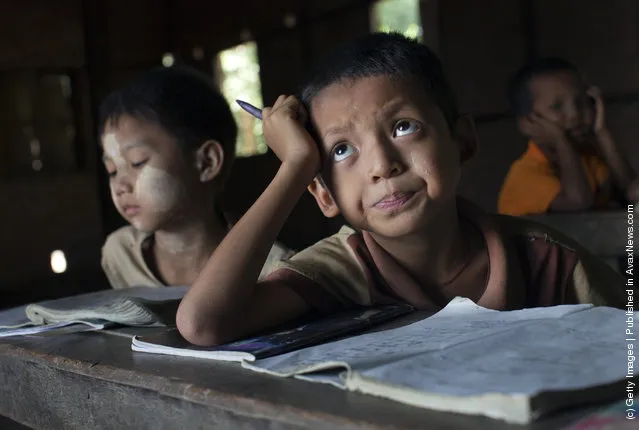
Young dancers practice by the Kenya – Uganda railway line, prior to the start of a Christmas ballet event in Kibera, the Kenyan capital's largest slum, Friday, December 15, 2023. The ballet project is run by Project Elimu, a community-driven nonprofit that offers after-school arts education and a safe space to children in Kibera. (Photo by Brian Inganga/AP Photo)
25 Dec 2023 19:33:00,post received
0 comments







